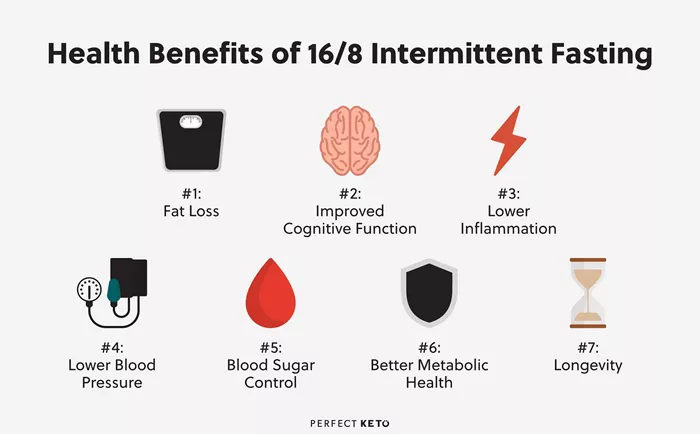The semiconductor industry is at the forefront of America’s clean energy transition, powering everything from solar panels and wind turbines to electric vehicles. The passage of the CHIPS and Science Act in 2022 marked a significant step in revitalizing U.S. chip production, securing billions of dollars to bring semiconductor manufacturing back to American soil. This move not only boosts national security and economic growth but also supports climate action. However, the environmental cost of semiconductor manufacturing presents a growing concern that threatens to undermine these achievements.
Environmental Costs of Semiconductor Production
Despite its pivotal role in advancing clean energy, chip manufacturing remains an environmentally hazardous process. The recent passage of the Building Chips in America Act, which exempts many federally funded chip projects from National Environmental Policy Act (NEPA) reviews, could exacerbate these risks. NEPA, a crucial environmental safeguard, requires an assessment of potential impacts on air, water, and wildlife before construction begins. This exemption allows the fast-tracking of semiconductor plants without properly evaluating or mitigating environmental harm, raising alarms for local communities.
Semiconductor manufacturing often involves the use of toxic chemicals, including organic solvents, acid gases, harmful metals, and per- and polyfluoroalkyl substances (PFAS)—commonly referred to as “forever chemicals.” These substances pose significant environmental and health risks. In Silicon Valley, the birthplace of the microchip industry, the consequences of unchecked industrial waste have been dire. Santa Clara County, once a hub for semiconductor production, now leads the nation in the number of Superfund hazardous waste sites. Decades of waste contamination have affected not only workers but also nearby residents, with toxic chemicals leaching into the local groundwater supply. One notorious case from the 1980s linked a cluster of birth defects and miscarriages in a San Jose neighborhood to solvent contamination from local chip plants.
A Persistent Legacy of Pollution
Even today, the semiconductor industry continues to release hazardous pollutants into the environment. U.S. chip factories emit thousands of pounds of chemical compounds into the air each year, including ammonia and acid gases, which contribute to harmful particulate pollution. Last year, Intel was fined by the Oregon Department of Environmental Quality for failing to control air emissions at its Hillsboro chip production facility. In addition to air pollution, chip plants generate massive amounts of solid and liquid waste. For example, Intel’s Chandler facility produced 15,000 tons of waste in just three months in early 2021, over half of which was classified as hazardous.
The Growing Threat of PFAS
One of the most concerning byproducts of chip manufacturing is the use of per- and polyfluoroalkyl substances (PFAS), a class of chemicals linked to serious health problems, including cancer, thyroid and liver diseases, infertility, and birth defects. PFAS are notoriously persistent in the environment and in human bodies, earning them the nickname “forever chemicals.” These chemicals are widespread in drinking water and are present in nearly every person’s bloodstream. Unfortunately, the semiconductor industry remains one of the major contributors to PFAS pollution, with no regulations limiting their release into the environment.
States like Michigan, Ohio, and North Carolina—regions set to experience significant growth in chip production—are already grappling with PFAS contamination. The fast-tracking of chip manufacturing projects could worsen these pollution crises. At present, there are no federal limits on PFAS emissions from chip plants, nor are there requirements for the proper disposal of PFAS waste. This regulatory gap underscores the urgent need for more comprehensive oversight.
The Case for Stronger Environmental Protections
In light of these risks, it is critical that Congress reconsider the exemptions for NEPA reviews and prioritize community protections. At the very least, semiconductor plants should be required to update their permits to address PFAS releases, ensuring proper water management and waste disposal. Additionally, PFAS should be classified as hazardous under the Resource Conservation and Recovery Act, which would impose stricter regulations on their disposal.
While it is essential to bring more manufacturing jobs to these communities, the public should not bear the burden of toxic air and water in exchange for economic development. Lawmakers must find ways to foster innovation and create jobs without compromising public health and the environment. The U.S. cannot build a clean energy future on a foundation of pollution.
Conclusion
The semiconductor industry holds immense potential for advancing the nation’s clean energy goals, but this progress should not come at the cost of our health or the environment. As the industry grows, it is crucial that we implement stronger environmental safeguards to ensure that our pursuit of technological advancement does not lead to a legacy of environmental degradation. Protecting communities and prioritizing sustainable manufacturing practices must go hand in hand with our ambitions for a greener, more secure future.
Related Topics
Massive Study Links Leaded Gasoline Exposure to 150 Million U.S. Mental Health Diagnoses
Health Insurance Tax Rebates: A Guide for Taxpayers
New York Health Department Hosts Ending the Epidemic Summit and World AIDS Day Events



































